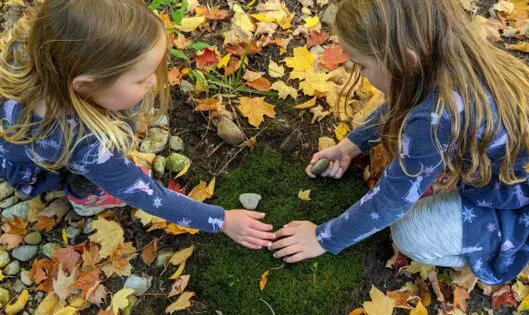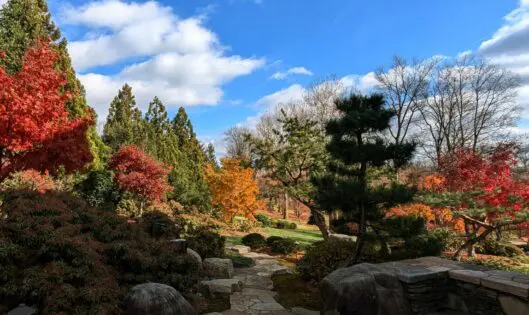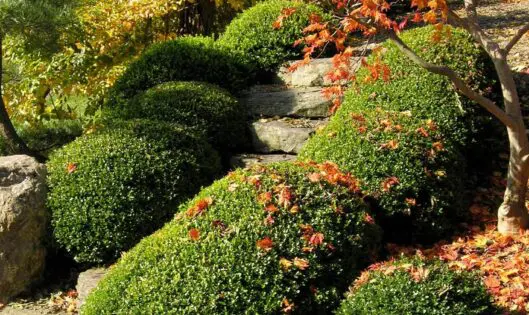The Gardener's Journal
Garden Bucket List (Part 3)
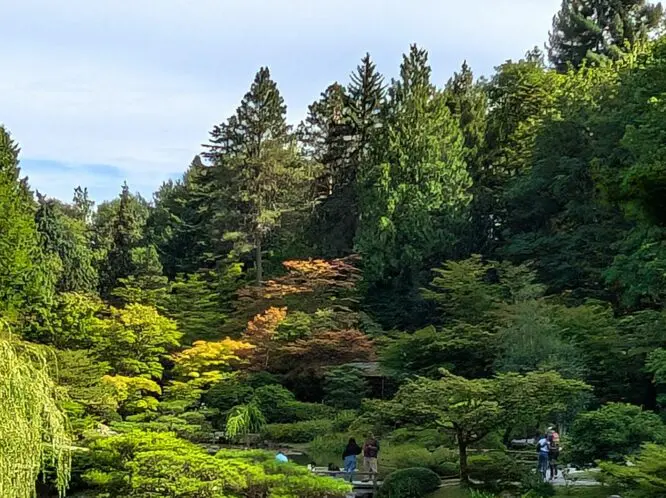
Following our visit to the Rhododendron Species Botanical Garden, James and I headed to another garden on his bucket list, the Seattle Japanese garden. This beautiful garden was born of an idea that first originated in the early 1900s after the Alaska-Yukon-Pacific expo sparked an interest in Japanese gardens. However, it was not until 1960, 50 years (and two world wars) later, that the project actually took root, under the creative oversight of Japanese landscape gardener, Juuki Iida.
The garden, designed as a stroll garden around a central pond, now graces 3.5 acres in the Washington Arboretum, providing serenity and sanctuary for visitors of all ages and ethnicities. Winding gravel paths and stone benches invite garden visitors to view the garden slowly, taking in the beauty of its natural elements – water, plants, rocks and birdlife – and the manmade structures – bridges, lanterns and a Japanese tea house.
Of special interest to James was the 110-year-old Japanese Black Pine at the north end of the garden. Years ago, he had read about it and was keen to view it in person; we headed there first. This beautiful, gnarled ancient was originally nurtured by Masagoro Yamasaki and his son Richard, before being donated and transplanted to the Seattle Japanese Garden in 1993. Lovingly named the Yamasaki Pine, it stands as a symbol of resilience, longevity and cultural heritage, and continues to be carefully maintained with traditional Japanese pruning techniques.
Respectfully submitted by Betty Hanselman
Gardener’s wife (with gratitude for this garden gift)
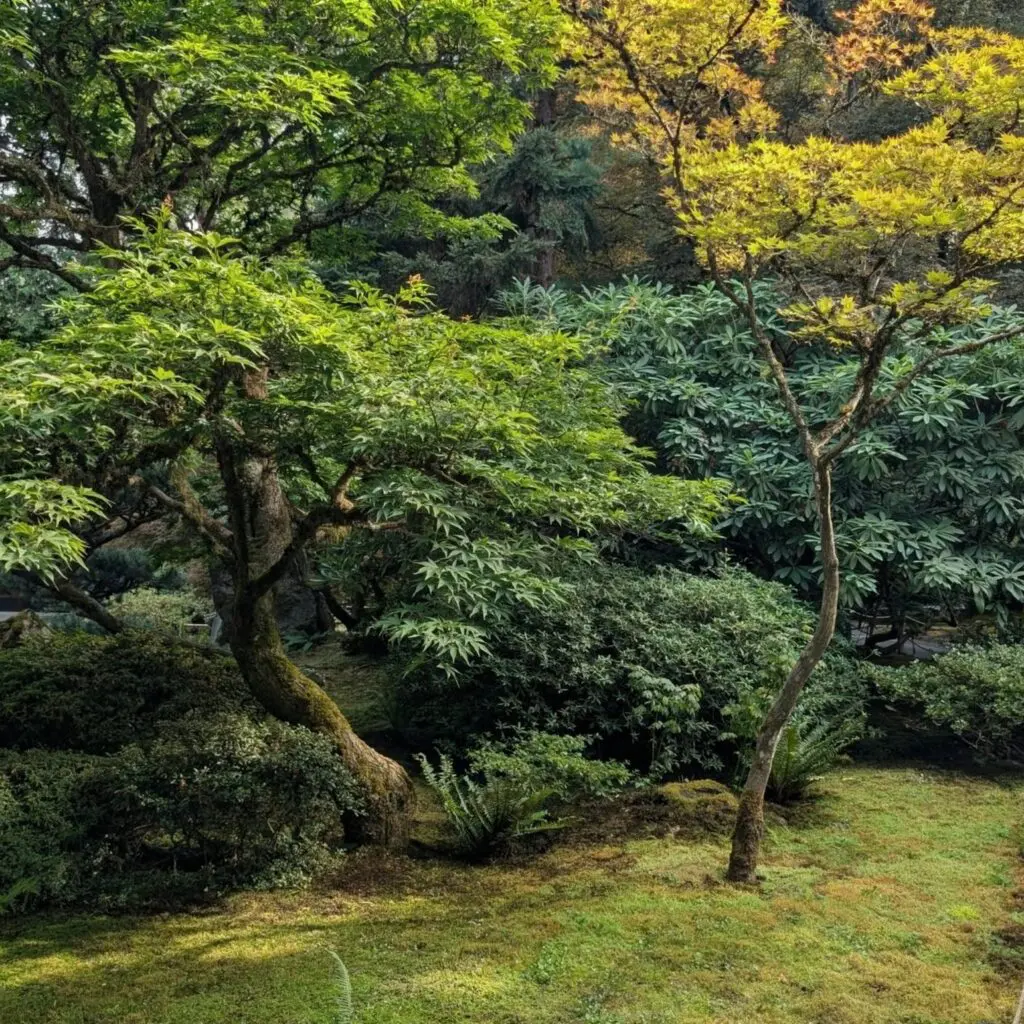
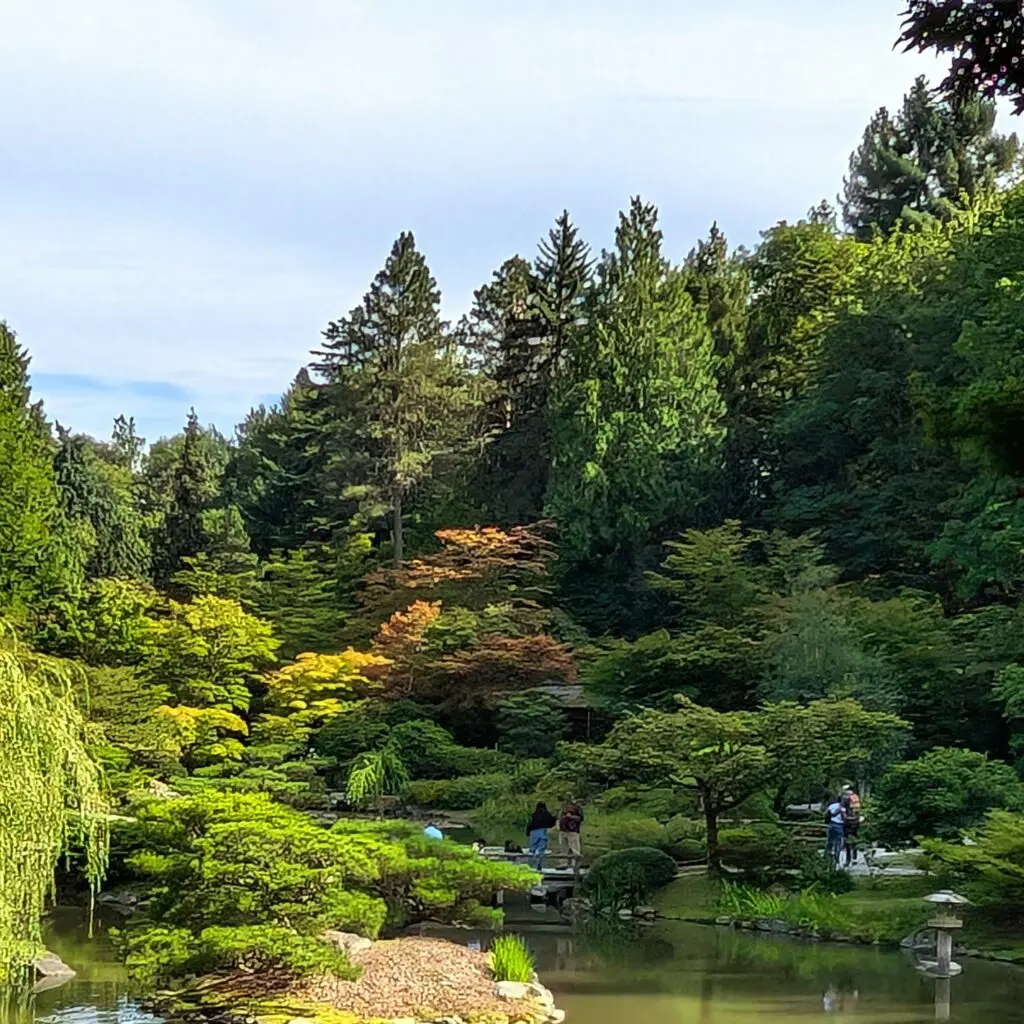
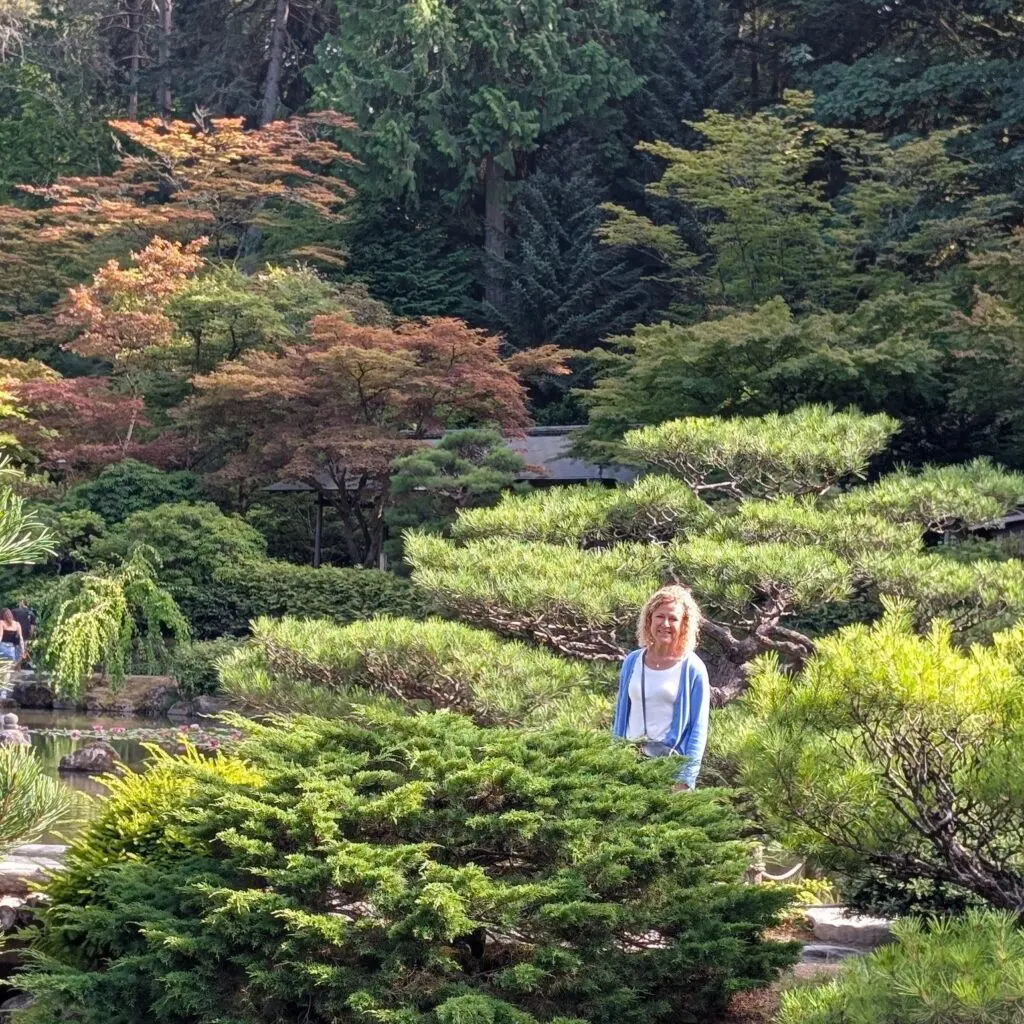
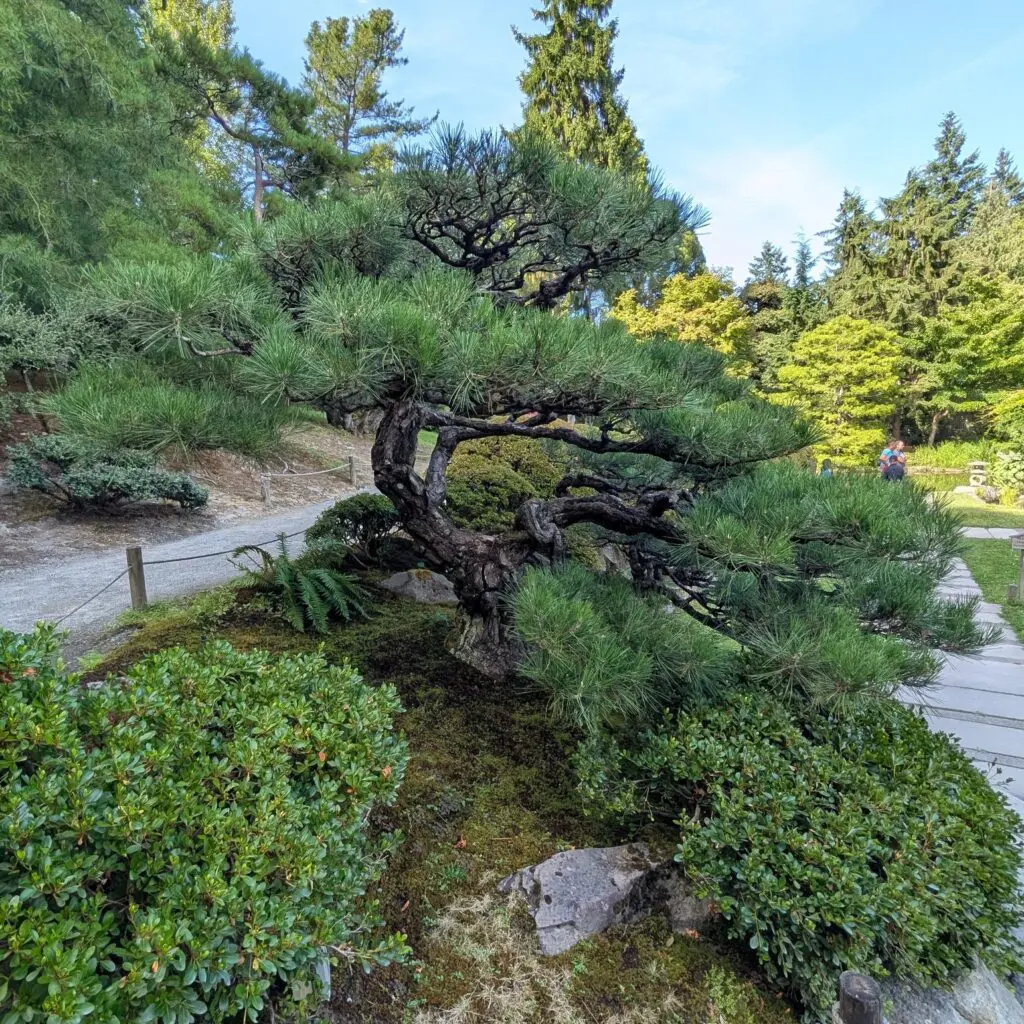
OUR GARDEN DESIGN PROCESS
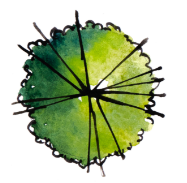
Explore
Share your goals, ideas, and project budget and we will begin to survey and plan your garden
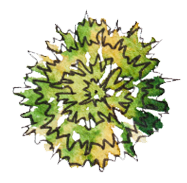
Design
We will consider all your primary view perspectives, both inside and out as we design your garden
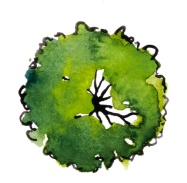
Build
Your garden dream will begin to take shape by the hands of our highly skilled craftsmen and landscapers
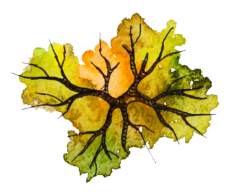
Enjoy
Your garden dream will begin to take shape by the hands of our highly skilled craftsmen and landscapers

